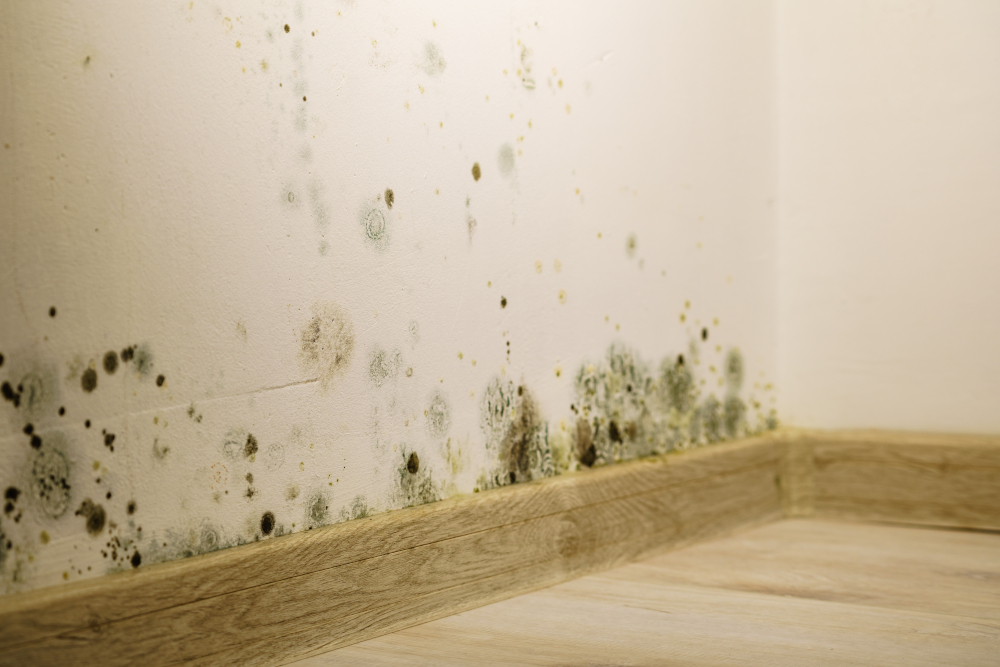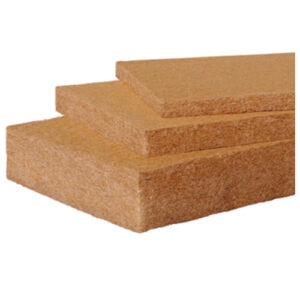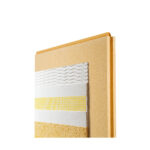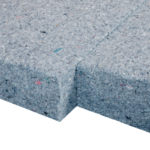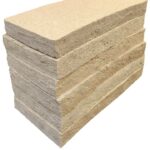Uncategorised
Understanding Interstitial Condensation
Understanding Interstitial Condensation
When it comes to building design and long-term performance, one issue that can sometimes be misunderstood, yet potentially very damaging, is interstitial condensation. Unlike surface condensation, which is visible on windows and walls, interstitial condensation forms out of sight, deep within the layers of a building’s construction. Left unchecked, it can lead to serious structural damage, mould growth, and insulation failure.
In this post, we’ll explain what interstitial condensation is, why it happens, and the consequences it can have for your building – whether you’re a homeowner, builder, or designer.
What Is Interstitial Condensation?
Interstitial condensation refers to the process of water vapour turning into liquid within the hidden cavities of a building’s structure, for example between wall layers, in roofs, floors, or ceilings.
It occurs when warm, humid air from inside the building moves through the fabric of the structure and reaches the dew point temperature (the point at which air can no longer hold all its vapour as a gas), where the vapour condenses into liquid water. This is most common when the humid air encounters a cooler surface within the wall, roof, or floor, but can also occur within solid masonry.
Unlike surface condensation, which is easily visible and can be wiped away, interstitial condensation is concealed, and potentially far more damaging.
Where Interstitial Condensation Does It Happen?
Common locations include:
- Timber frame wall cavities
- Cold roof voids
- Between insulation layers (if certain insulation types are used)
- Behind internal linings or cladding
- Inside the insulation system on solid walls that have been retrofitted with the incorrect internal insulation
Why is Interstital Condensation a problem?
Although interstitial condensation may go unnoticed for months or even years, it can have devastating long-term effects on building materials and indoor air quality.
1. Structural Damage
Timber, metal, and masonry can all suffer. Wood can rot, metal can corrode, and masonry can degrade over time. This can undermine the integrity of the structure.
2. Insulation Performance
Water inside insulation dramatically reduces its effectiveness. Thermal resistance drops, leading to heat loss, cold spots, and higher energy bills.
3. Mould and Indoor Air Quality
Condensation creates the ideal environment for mould spores to grow. These can spread unnoticed behind plasterboard or cladding, affecting indoor air quality and posing health risks. Mould prevention should be a key consideration when planning to install an insulation system.
4. Trapped Moisture
If moisture becomes trapped with no way to escape (particularly a problem in less breathable constructions) it can accumulate over time. This may eventually lead to visible damage such as bubbling paint, crumbling plaster, or warped finishes.
Modern Construction and the Risk of Condensation
As modern buildings become more airtight and better insulated, the risk of interstitial condensation can increase, unless the correct breathable materials are used and the risks are properly managed. Less-breathable retrofitted insulation, plastic-based vapour barriers, and synthetic renders can all disrupt a wall’s ability to regulate moisture appropriately.
Without good design and proper moisture control strategies, warm air can find a way into colder parts of the structure, where it condenses.
Slow Acting and Hard to Spot
The big problem with interstitial condensation is that it’s a slow process which is hard to detect. It doesn’t make itself known with dripping water or puddles on the floor. Instead, it gradually deteriorates the health of your building from the inside out.
In Summary
- Interstitial condensation forms inside the hidden layers of a building’s structure.
- It happens when humid air from inside moves through the building structure and cools to the point where it turns to liquid.
- It can cause rot, corrosion, mould, and insulation failure.
- Detection is difficult and therefore prevention is crucial.

